The Hidden Mental Impact of the Digital World
Written by Jean Yates, CCO / Director of Education, Cybernetic Shield
Often when we talk about the mental health issues associated with digital technology, we focus on the extremes – sextortion, radicalisation and body dysmorphia.
But behind these headline-grabbing harms lies a quieter crisis: the everyday mental strain technology places on young people.
The Limits of Age Restrictions
Well-intentioned social media restrictions are not the silver bullet people are hoping for. We know that many children currently find ways to skirt around the under 13 year age ban, and raising the legal age will only increase the numbers. More importantly, a child who finds themselves in danger is even less likely to report the situation to a trusted adult as the fear of punishment for being on social media, for them, far outweighs the impact of the mental trauma.
Not Just Social Media
It is also important to remember that there are many potential harms that have no connection to the impact of social media.
Mixed messages
The simple act of messaging – the modern child’s preferred method of communication – can be a minefield in itself.
Read receipts expose who’s ignored them.
Group chats highlight who’s liked – and who’s been left behind.
Lack of replies or silence can spiral into feelings of rejection.
Phones may be confined to students’ lockers during the day while they are at school, but the hurt, isolation and fear associated with the ignored message are not. The child will spend the day focussing on the implications of the situation rather than any teaching that is going on around them. Why are they being ignored? What have they done wrong? Who is still ‘on their side’?
The situation that may seem trivial to adults can be traumatising for a child seeking reassurance that they belong and are accepted – especially if they don’t find this acceptance elsewhere in their lives.
Even if messages are seen, read and replied to, they can still be fraught with difficulties. The lack of tone and context in a text makes them easy to misinterpret leading to communication breakdowns and emotional distress. Messages can be weaponised, used to exclude people, increase status and often ridicule. Many innocent looking emojis hold vile, hurtful or sexualised connotations while allowing the sender to feign ignorance should the message be reported.
Addiction
Many young people are addicted to their phones and find it almost impossible to put them aside, leading to:
Reduced face-to-face social skills.
Less physical activity and outdoor play.
Increased anxiety and sleep disruption.
App developers deliberately use addictive measures in order to keep people on their platforms. Bright colours, streaks, notifications, autoplay, rewards and leader boards all provide the user with a shot of dopamine that keeps them chemically addicted to the device in order to continue experiencing the high. Gamification often steps into gambling territory, paving the way for another even more dangerous addiction.
Dumbing Down and Passive Consumption
Technology, designed to make human lives easier, has resulted in de-intellectualising society.
Doomscrolling and passive consumption discourage critical thinking.
AI tools are reducing our need to research or problem-solve.
Our brains are adapting to surface-level engagement, harming focus and creativity.
Ironically our constant screen switching has made it harder for people to multi-task as our attention spans have been reduced and we are used to only surface-level engagement. Young people expect instant gratification and are unable to tolerate boredom. The ability to scroll past anything that fails to interest them, makes it difficult to keep them focussed in a classroom.
Disinformation
The open, unfiltered nature of online media allows anyone to have a voice. While this has its benefits – especially in a democracy that advocates for freedom of speech – it can be hard to determine which ‘facts’ are accurate, and which are sensationalised.
Algorithms exacerbate the issue as they give priority to posts that receive more clicks, likes and shares. Human nature is more attracted to scandals, catastrophes and ridicule than to mundane matters, meaning these stories are the ones more frequently seen online. This enables the spread of biases, conspiracy theories, and downright lies to spread throughout the public. Disinformation has already had an enormous impact on many democratic elections as online media garners more support than traditional media.
Searching for Belonging in Dangerous Places
Social Media definitely has a negative impact on people’s self esteem and body image. Constant exposure to (highly curated) pictures of perfect lives in exotic locations chip away at our self-worth and satisfaction with our own mundane lives. But social media is not the only factor at fault.
The technology itself creates a sense of dissatisfaction with new models continuously being developed, enticing us to want the latest and best. Busy lifestyles, reduced sense of community, lack of social rituals, dysfunctional family units and poor role models have left young people even more isolated, confused and lonely than ever before. For many, the online world is the only place in which they can find the companionship and support they crave. This makes them vulnerable and a prime target for predators, many of whom are experienced, patient and predatory in their tactics, looking to groom, exploit or radicalise young people for their own nefarious purposes.
Grooming is not restricted to social media platforms and, as children are pushed off mainstream platforms, predators simply follow them elsewhere.
So What Can We Do?
Technology is a valuable and important part of the modern world. And it is here to stay. The solution is not banning tech – it’s teaching young people how to use it well and safely.
They need:
to be taught to use technology to develop, shape and advance their ideas rather than allowing it to reduce their intellect.
to be taught how to be responsible digital citizens who use technology to heal the hurt and tension in our world, rather than to incite prejudice and violence.
to be taught to develop the knowledge and resilience to overcome the mental trauma when things go wrong.
The best place to teach these skills is in schools, where students can be supported and nurtured in a safe environment. Where content can be curated for them, ensuring that it is age-appropriate and meets their cognitive and social developmental levels.
Cybernetic Shield works with schools to educate students and support them when things go wrong online. Our 24/7 Helpline provides students with a constant line of support through which they can report incidents and seek advice, even on nights, weekends and school holidays.
A safe online future starts with education today and, together, we can be the difference.
Contact enquiries@cyberneticshield.au to find out how we can support your children and your schools today.


